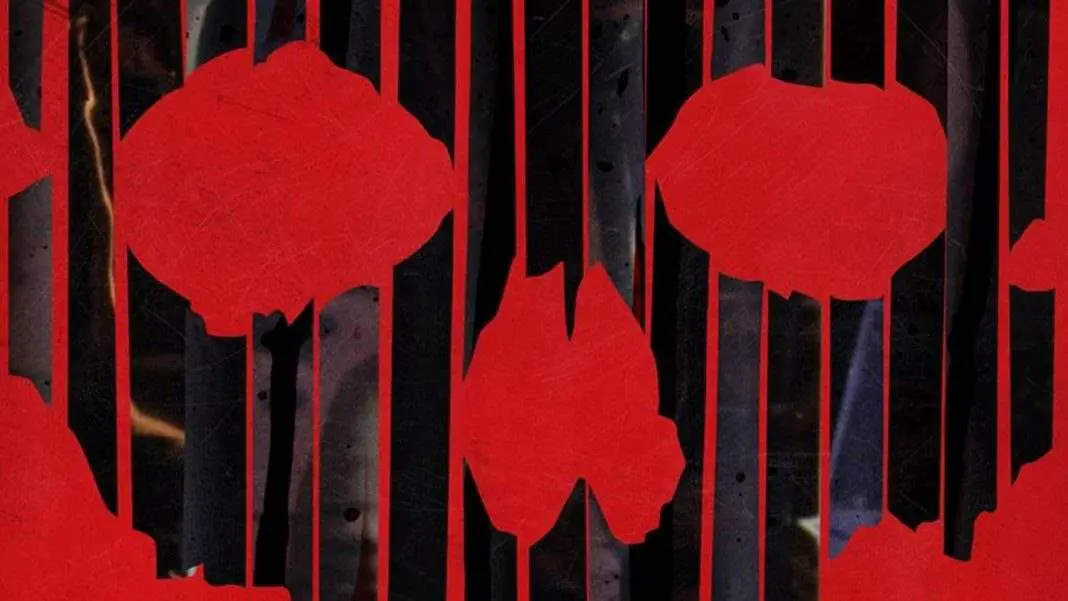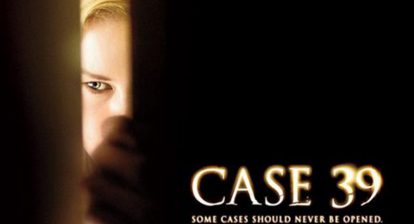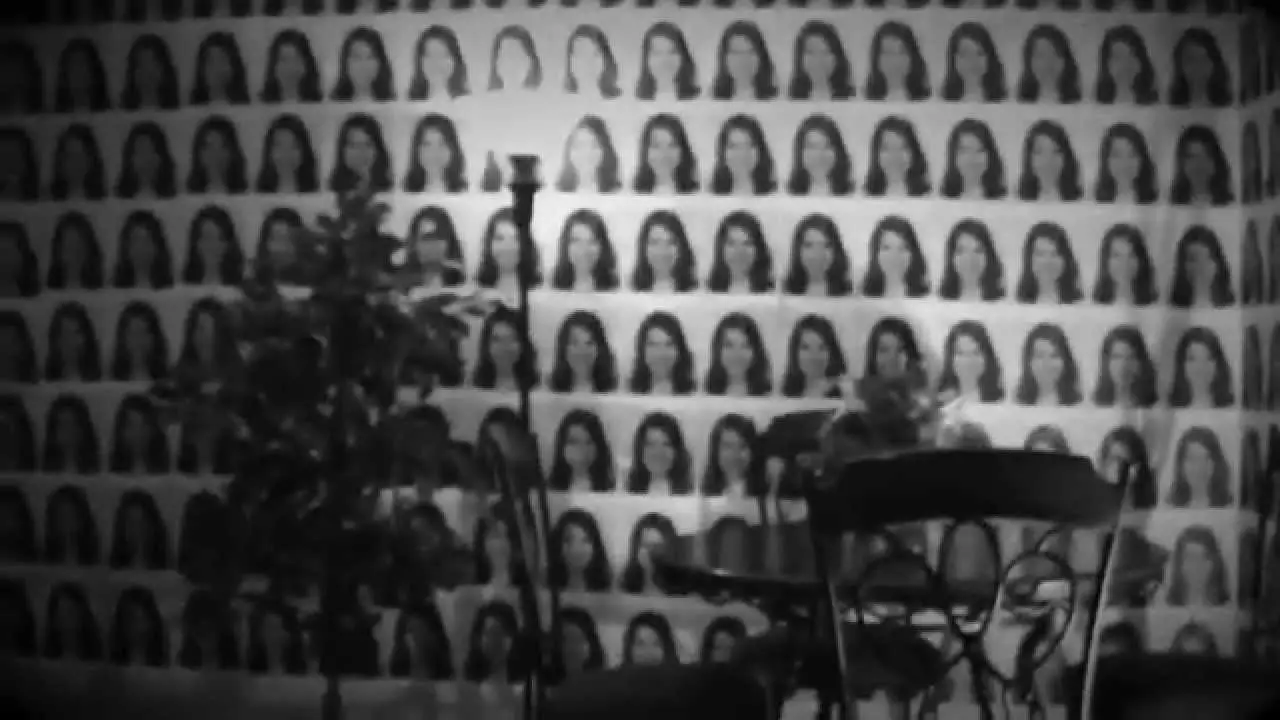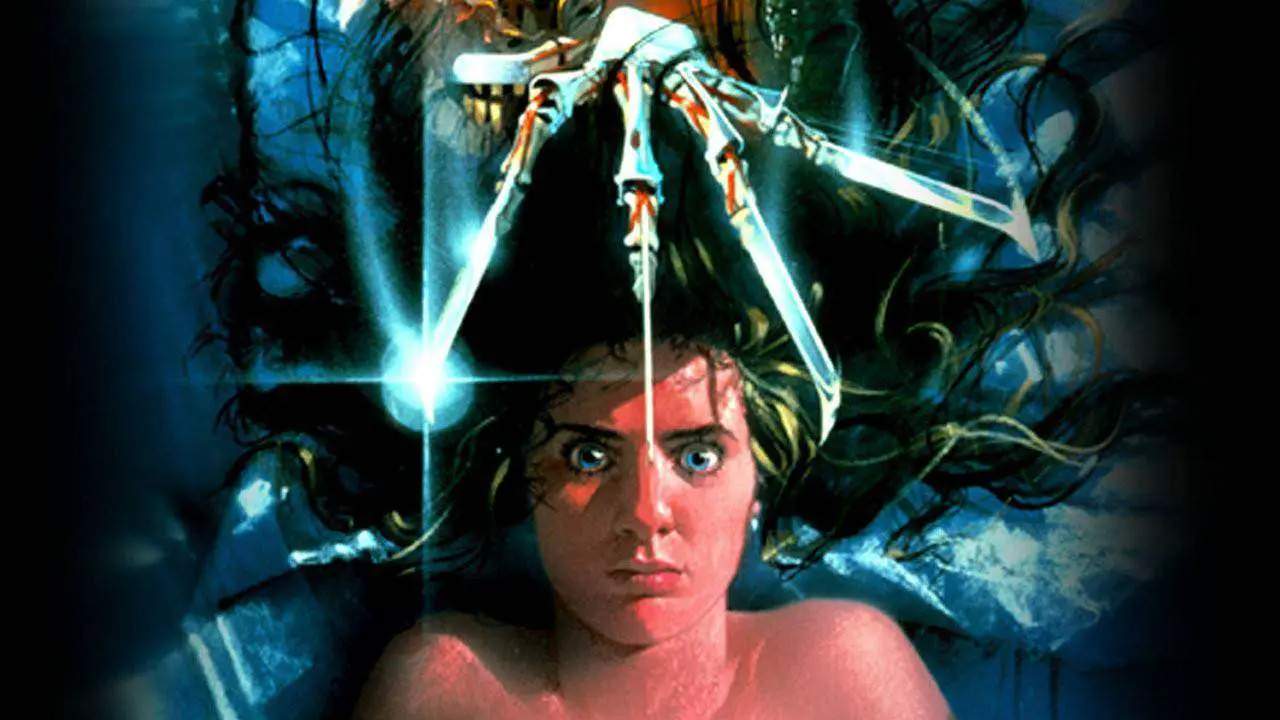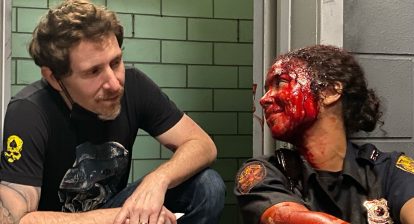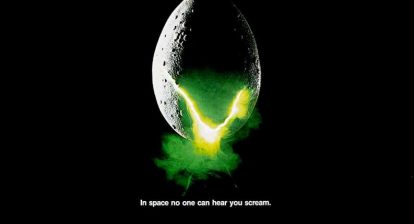Remakes were the trend of the 2000s. Found footage didn’t hit the mainstream until later. Asian ghost stories fizzled out around 2005, but from 2003 to 2009 remakes were coming out in increasing numbers. They were a way for studios to ensure a return investment by making something with a title that had already proven to be successful in the past. Even a sequel was considered too risky, a number or subtitle would only throw people off. This is what has led us into the age of the red herring reboot. That term, to me, indicates something that is advertised as a reboot or a remake, but actually isn’t. As far as studios are concerned, as long as something sticks as close to the original title as possible, it can actually be about anything it wants.
You would think this would be great for the fans; especially the purists who always want to keep the original stories alive. Here’s the problem: if a movie is still titled like a remake, most people are going to assume that it’s a remake. That’s why we’ve found ourselves in such a strange situation where there are no real winners. Filmmakers listened to the complaints about remakes and thus have been leaning more toward going back to the tone of certain films without rewriting them completely. They really do want to make the fans happy. But when it’s titled and advertised as a remake, those fans aren’t going to know the difference, and a good number of them just stay away. Ultimately, intentionally or not, these reboots are being made for the same audience that flocked to them when they were remakes. People who, while at least aware of the title, had never actually seen the original.
Neither the fans or the filmmakers are at fault. It’s hard to pick any one thing that led to this weird conundrum. Sure, it’s easy to blame the studios, but they’re only going with what they already know to be profitable. Marketing is an easy target too, but everything they put together is okayed by the studio.
It’s hard to even trace when this shift began to happen. It might be ironic that, in a decade filled by remakes, the end of said decade saw the first really noticeable changeup in the way things were being handled. Most of the preceding remakes had been retellings of the first story, usually—hopefully—with some sort of twist to differentiate their version. The Texas Chainsaw Massacre of 2003 is very different from the 1974 version, but it is set on the same day in order to wipe the slate clean so that it couldn’t possibly be considered a follow-up. It also keeps a few classic moments, so that the fans can recognize it as an homage. One of the best of that particular bunch of remakes, Alexandre Aja’s The Hills Have Eyes might even be better than Craven’s original. It takes the original plot and ties it into the atomic age and the nuclear testing that was done in the area in which the story is set. These were very different films, but they were still remakes.
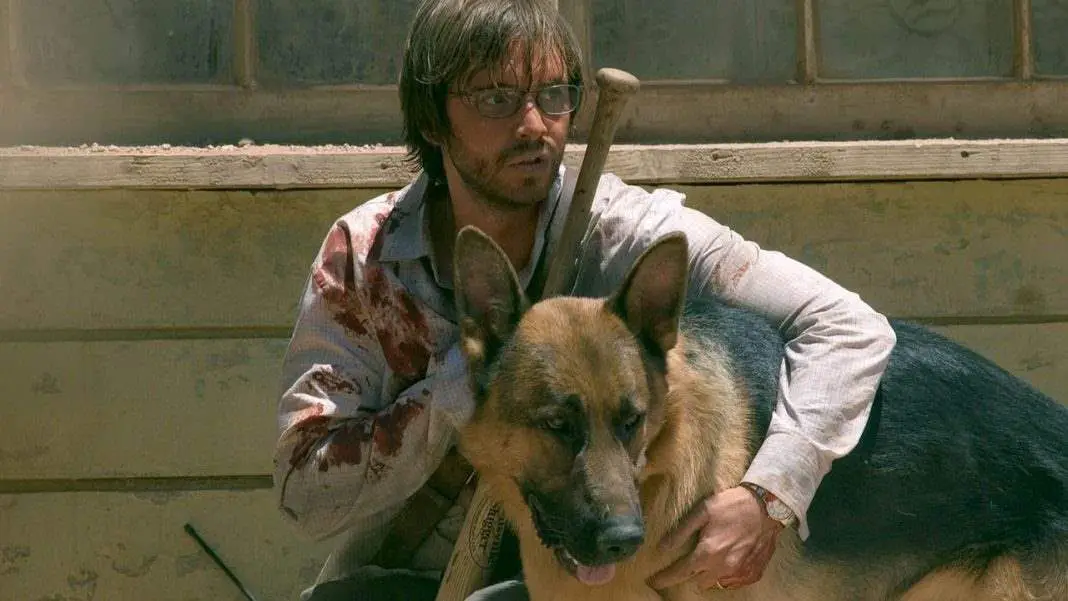
2009’s Friday the 13th changed things in more ways than most people acknowledge. Just about everything up until that point had been a straightforward remake. But Friday the 13th has always had the interesting predicament of being more known for its sequels than the original film. Audiences would be completely taken off-guard if the killer turned out to be Mrs. Voorhees instead of her son, just like I was the first time I saw the original as a child.
Related: Why Friday the 13th is the Best of the Platinum Dunes Remakes
Clearly, the movie had to be about Jason, so instead of changing the origin, they told a quick recap flashback of what happened at the end of the original film. Because it isn’t exactly what happened in the first Friday the 13th, people took it as an entirely new thing, much in the same way that everyone believed Evil Dead II to be a remake because it had to reshoot scenes from the original. The backstory given to Jason here is no different from what we know in any other Friday feature. The campfire scene in which his origin is recounted is a staple of the franchise. In fact, many things in it are meant to shout out to the series as a whole.
According to producers Brad Fuller and Andrew Form, Friday the 13th is a direct sequel to the original that doesn’t dwell on continuity of the other films, but doesn’t do anything to discredit that continuity either. Much like Halloween H20, yet that was never called a remake by anyone, as far as I know. The only reason everyone still refers to this 2009 reboot as a remake is because the title is Friday the 13th. New Line and Paramount got together to get the franchise back on track, hashed out a new story that paid respect to the early movies of the franchise but did nothing about the title because they believed that if they didn’t trick people into thinking it was a remake, nobody would see it.
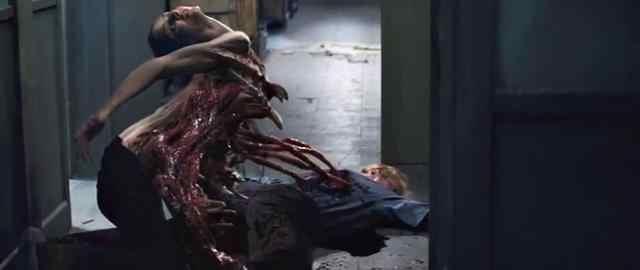 The 2011 prequel to John Carpenter’s The Thing is even more ridiculous. It’s set almost a year before the events of the ’82 film, it even says so at the beginning. But the casual fan shouldn’t be expected to know that, so that’s fine. It doesn’t try to hide anything in its story, everything about it is explicitly presented as a prequel. If it was titled Thing: Origins, nobody would have been confused. In fact, that probably would have been expected, because fans were naturally startled when the prequel’s title was officially announced as The Thing.
The 2011 prequel to John Carpenter’s The Thing is even more ridiculous. It’s set almost a year before the events of the ’82 film, it even says so at the beginning. But the casual fan shouldn’t be expected to know that, so that’s fine. It doesn’t try to hide anything in its story, everything about it is explicitly presented as a prequel. If it was titled Thing: Origins, nobody would have been confused. In fact, that probably would have been expected, because fans were naturally startled when the prequel’s title was officially announced as The Thing.
Coming into 2013, you have Texas Chainsaw and Curse of Chucky. Both of these films moved into interesting new territory. After loosely connected sequels like Friday the 13th—and even the new Evil Dead could count—you now have two movies in the same year that are straightforward sequels. Sure, Texas Chainsaw may only be a sequel to the original, but it goes so far as to start off with original footage from the ’74 film and then begin its story the very next second so that there is no confusion as to what its angle is. Curse of Chucky was also taken as a remake by horror audiences, despite its actual purpose as a sequel designed to tie the entire franchise together.
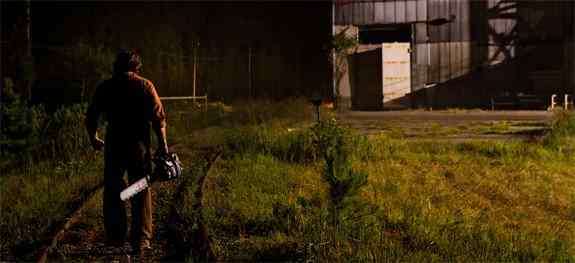 If Curse of Chucky proves anything, it’s that the red herring reboot has gotten so bad that most people assume any new movie in a franchise is a remake no matter what it is titled. That’s a large part of the reason why nobody seems to be excited about anything that comes out: It’s because nobody knows for certain what it really is. It’s insane to think that lazy titling could have this much of an impact on the horror genre, but that’s where we’re at. It turns out a name really is everything. If it’s a sequel to something more than five years old, most people are going to be skeptical of it. The major franchises will certainly survive, but what form they might take is anyone’s guess, and it’s equally impossible to try and predict what they’ll be called.
If Curse of Chucky proves anything, it’s that the red herring reboot has gotten so bad that most people assume any new movie in a franchise is a remake no matter what it is titled. That’s a large part of the reason why nobody seems to be excited about anything that comes out: It’s because nobody knows for certain what it really is. It’s insane to think that lazy titling could have this much of an impact on the horror genre, but that’s where we’re at. It turns out a name really is everything. If it’s a sequel to something more than five years old, most people are going to be skeptical of it. The major franchises will certainly survive, but what form they might take is anyone’s guess, and it’s equally impossible to try and predict what they’ll be called.

